I need to level with you: I’m about as useful for reviewing motorcycles as I am for reviewing gas cookers. I use both every now and again but am hardly au fait with the latest technology.
Regardless, here’s me doing the equivalent of telling you what I think about a restaurant kitchen. It’s a motorcycle called the Ace and it’s made by Ariel, which makes the Atom 4 car I’m more familiar with, and which you also see here.
The Atom relaunched the Ariel name in 2000, after it had spent a period of dormancy because it went the way of so many British automotive companies in the 1970s. The Atom is now in its fourth generation and it’s better, faster and more compelling than ever. It runs a 2.0-litre Honda Civic Type R engine, for which Ariel conservatively claims a power output of 320bhp.
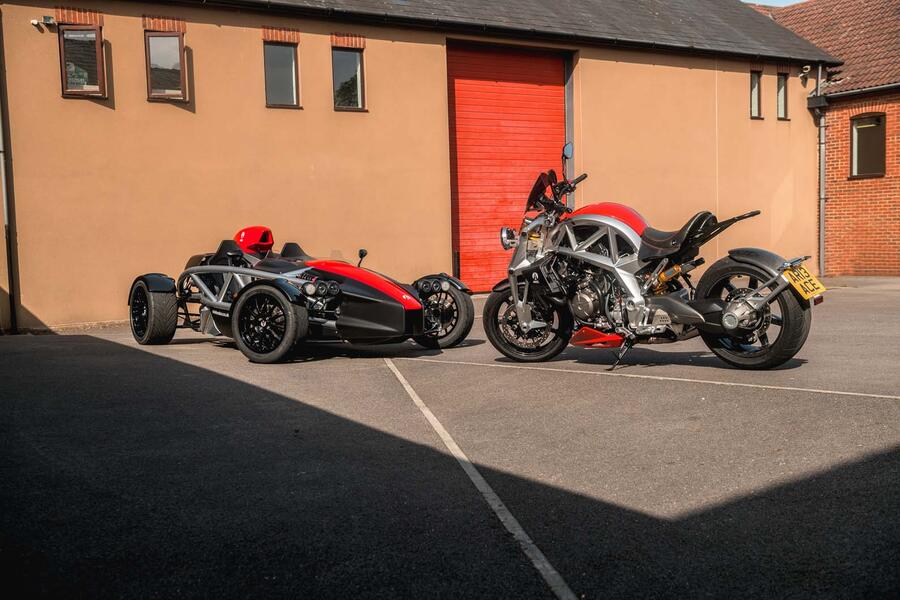
But while Ariel made cars in its early days, it was most famous for two-wheelers. It produced its first 149 years ago: the Ariel Ordinary bicycle, ‘ordinaries’ being what penny farthings were called to differentiate them from the new-fangled chain-driven geared bikes, known as ‘safety bicycles’, because you didn’t have to sit five feet off the ground.
Motorcycles followed bicycles and were Ariel’s mainstay in the mid-20th century, and while Somerset’s modern iteration of Ariel doesn’t do retro, a lot of its staff love motorbikes, making the Ace a logical follow-up.
As logical as a small company designing a motorbike can be, anyway. For one, the engineering space on a bike is incredibly tight. On a car, compromising a few centimetres of space is a conversation; on a bike, a couple of millimetres is a crisis. So the technical challenge is huge.
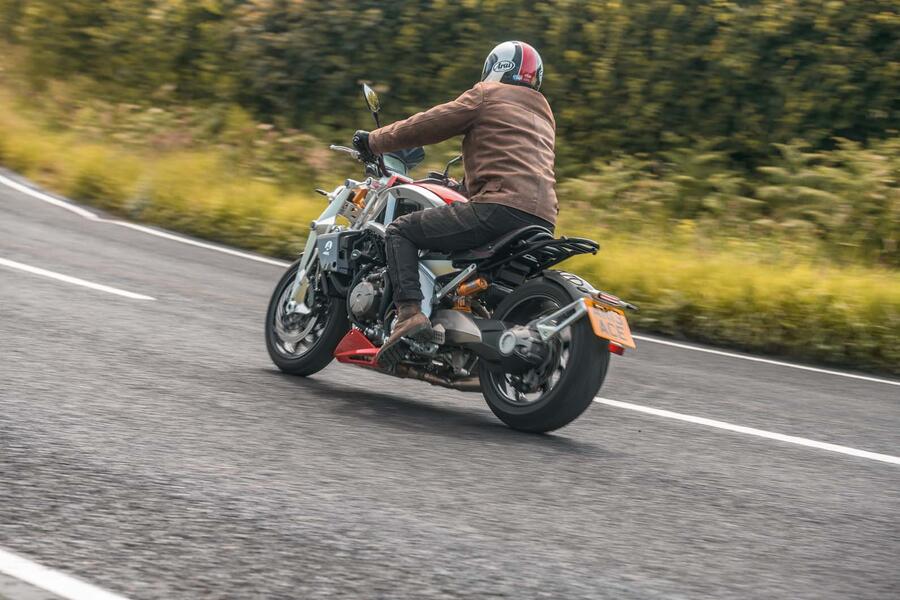

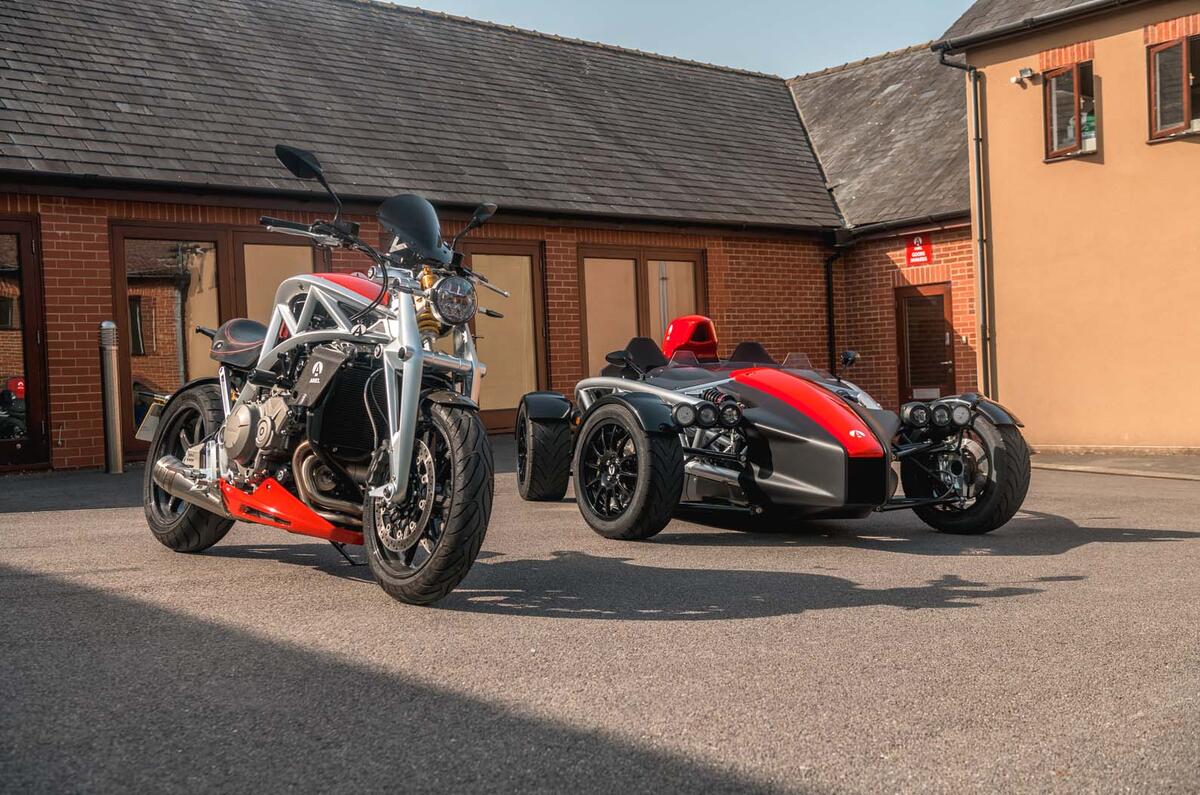
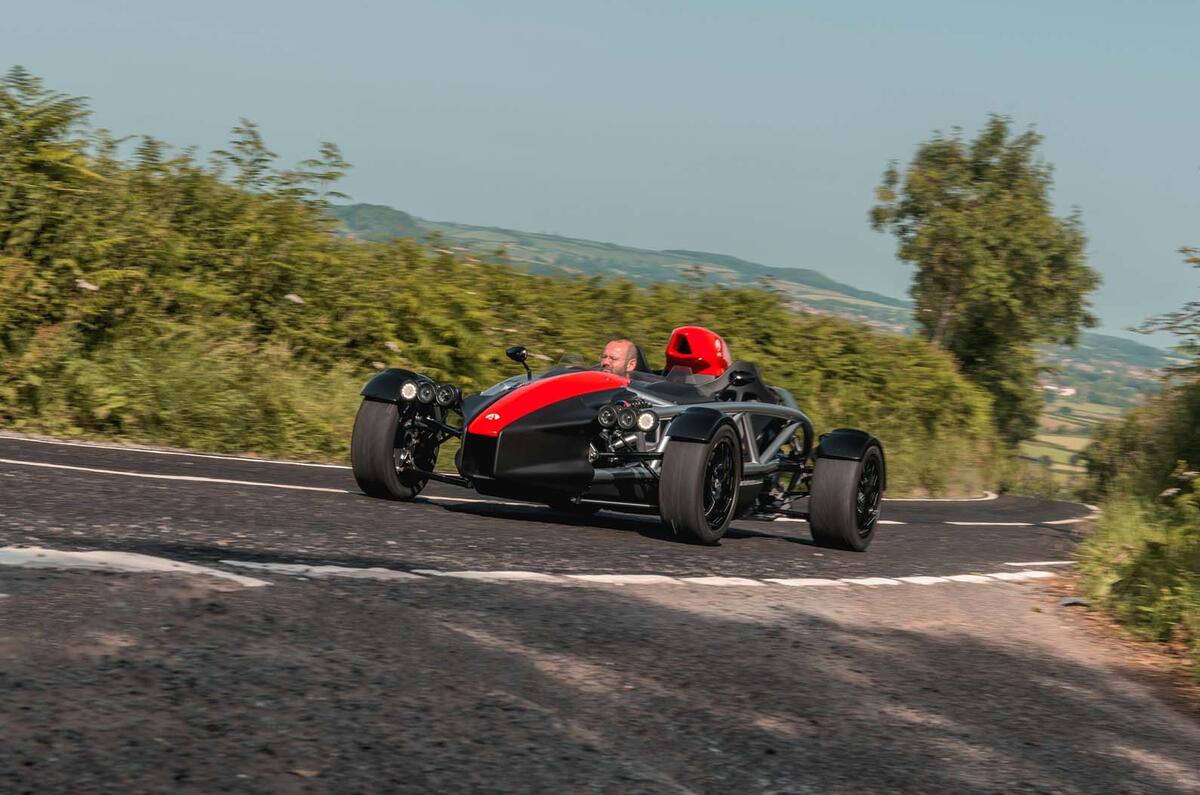
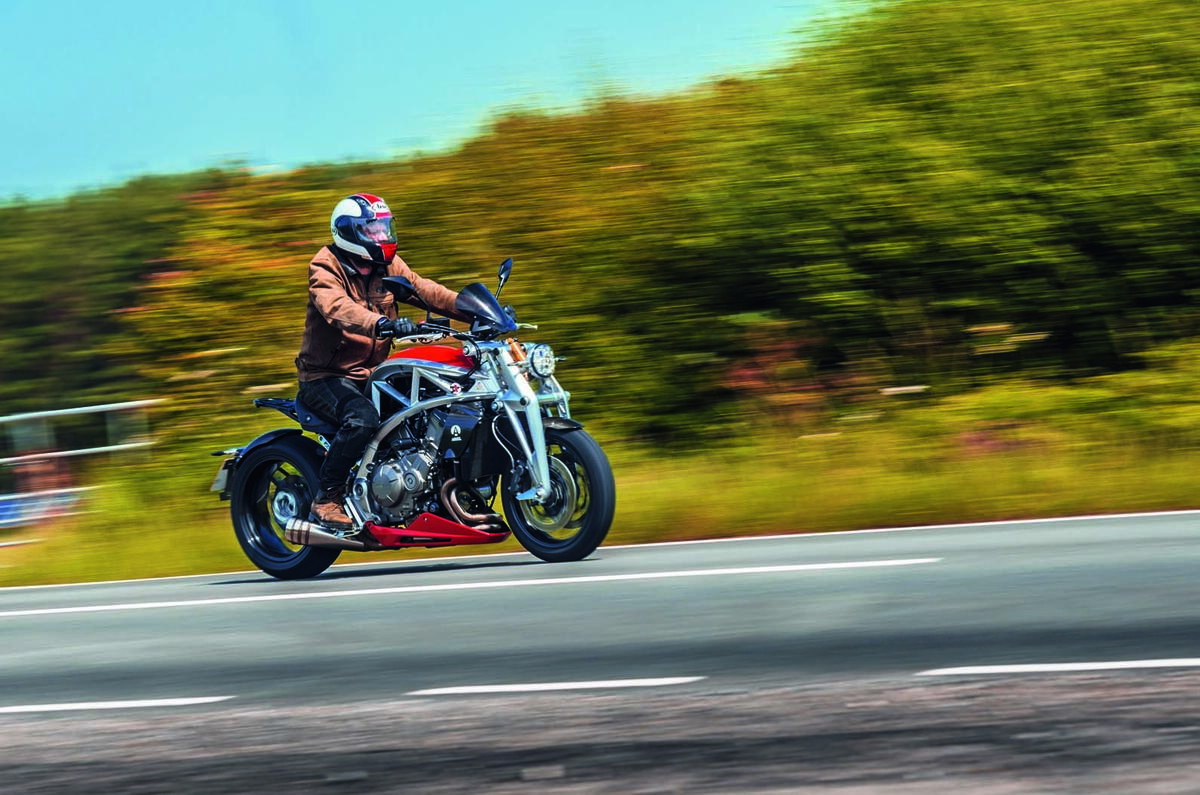
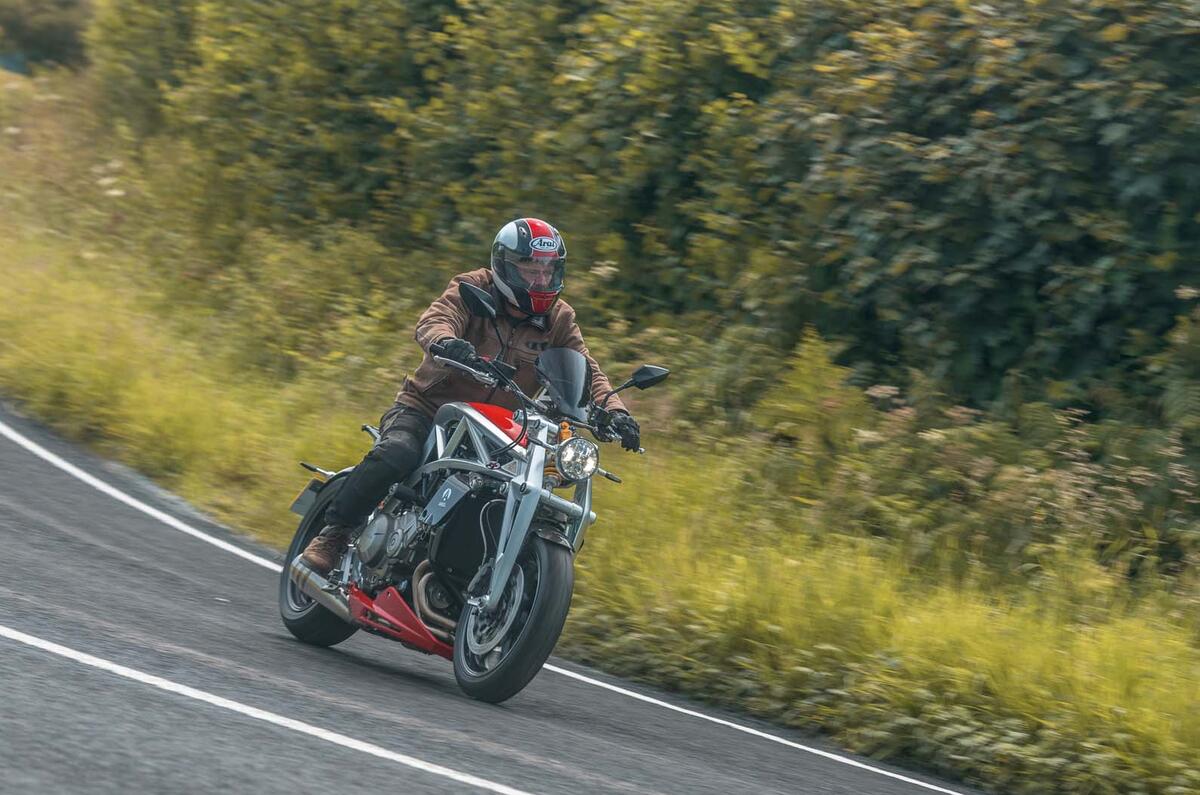
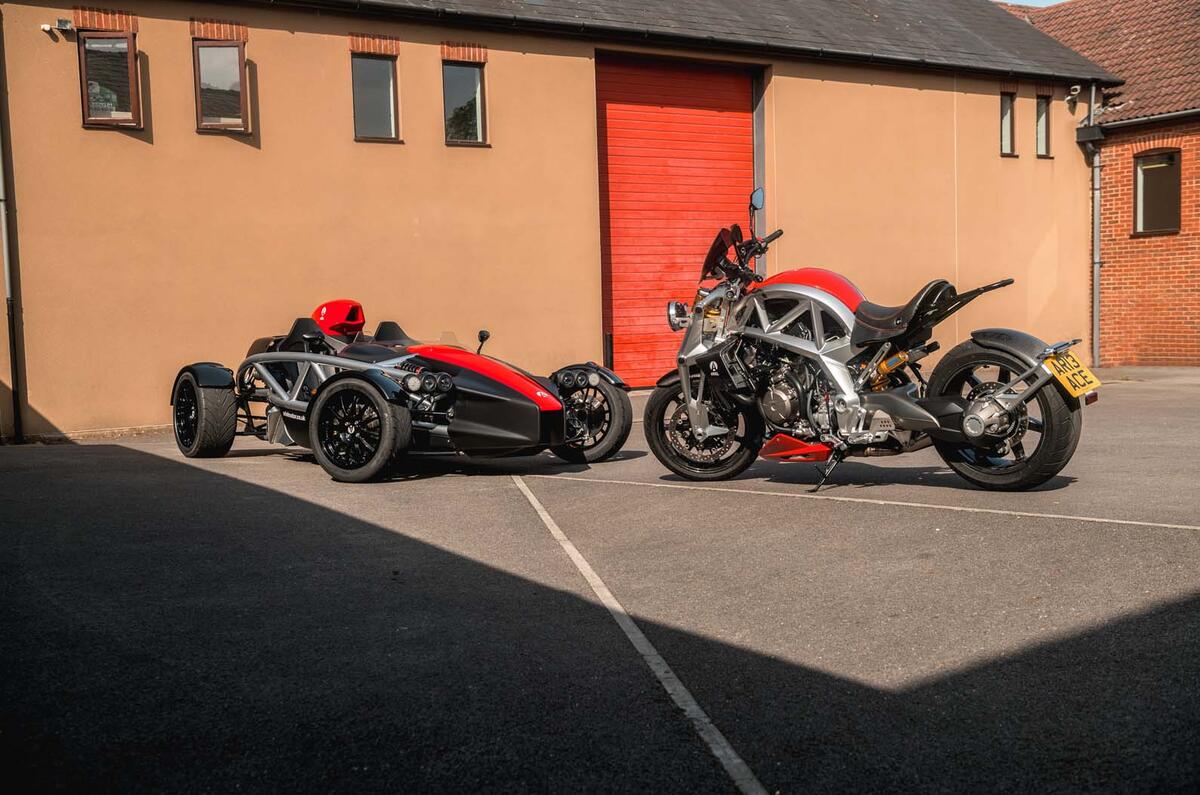
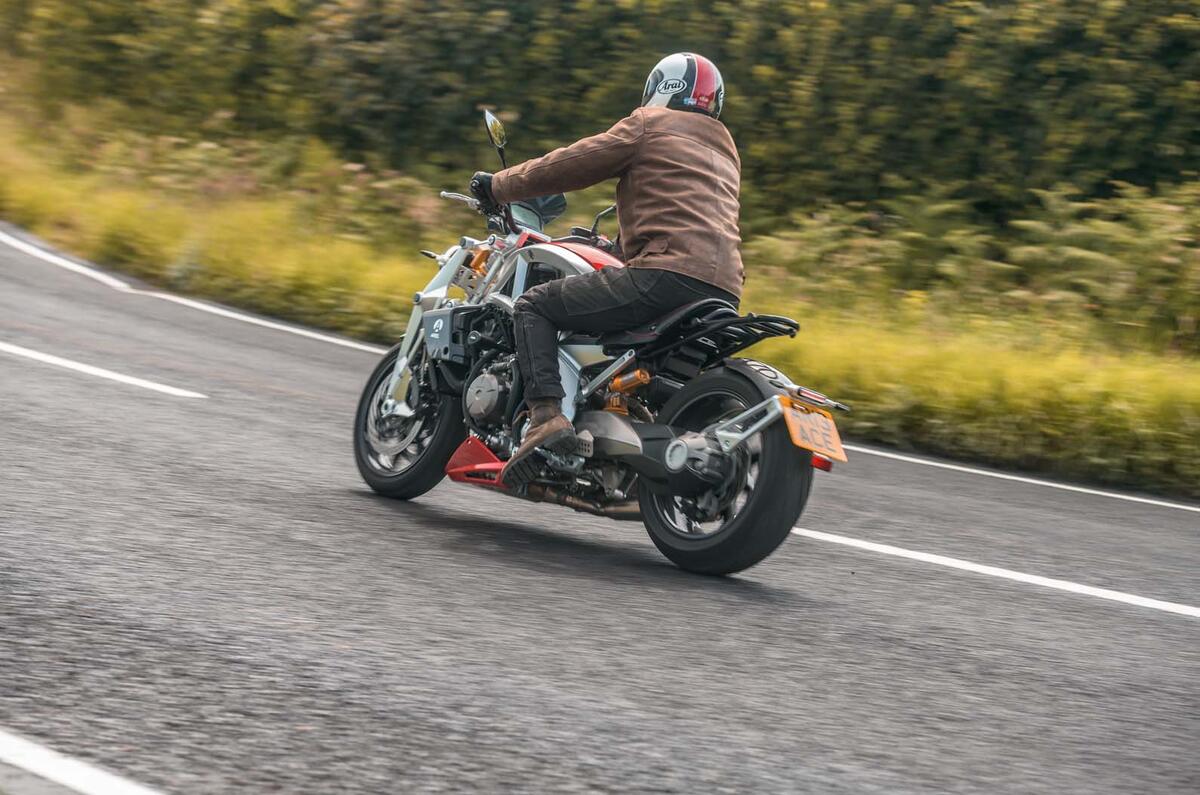
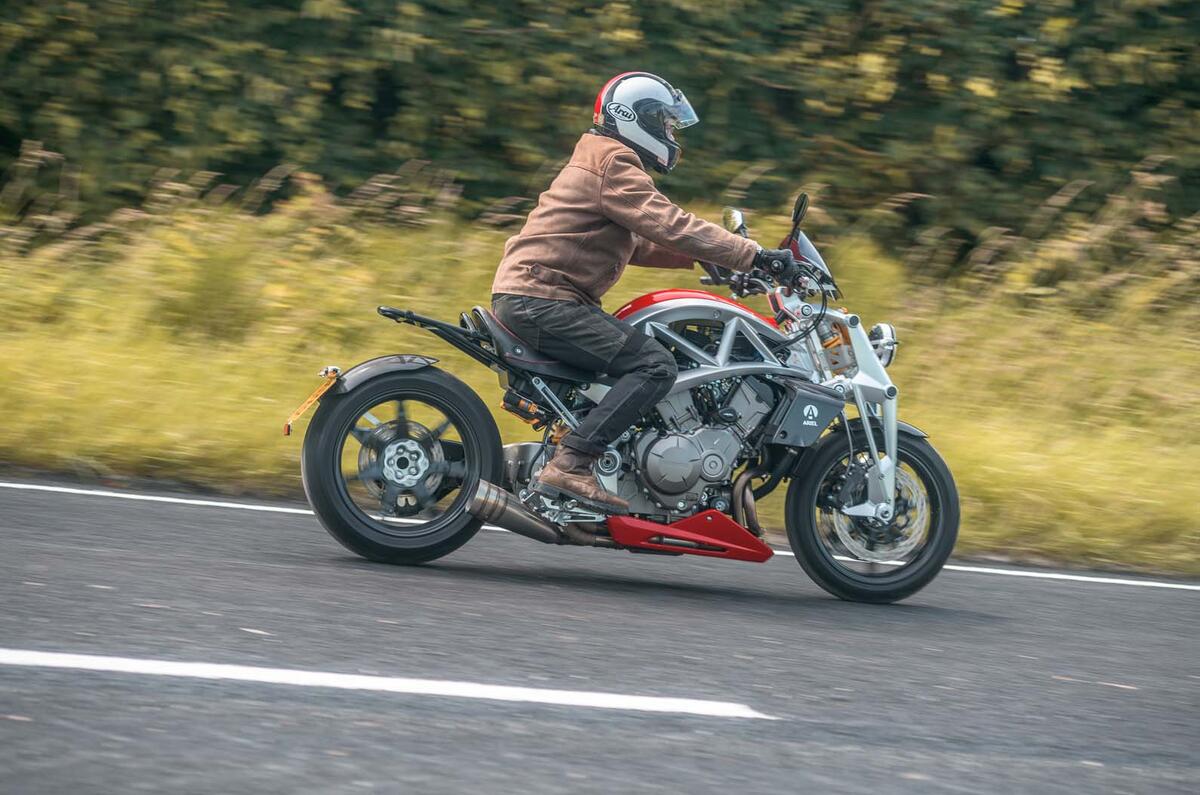
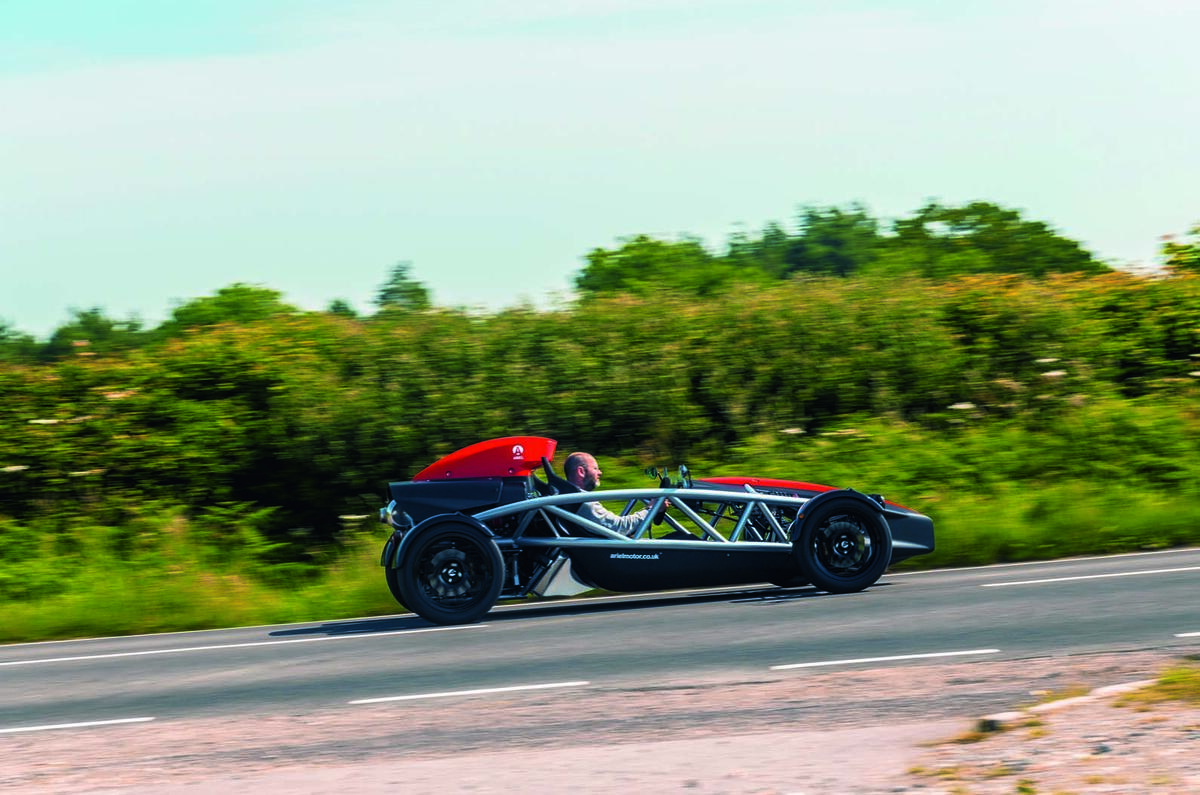
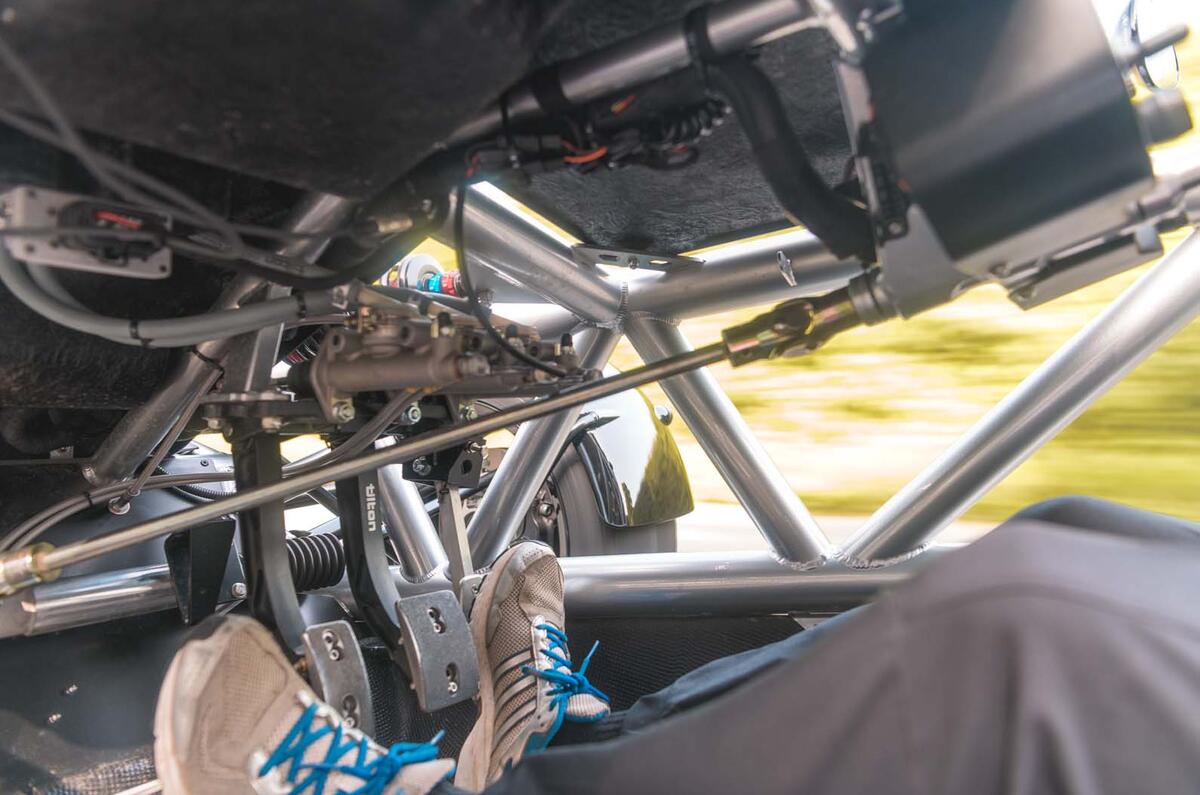
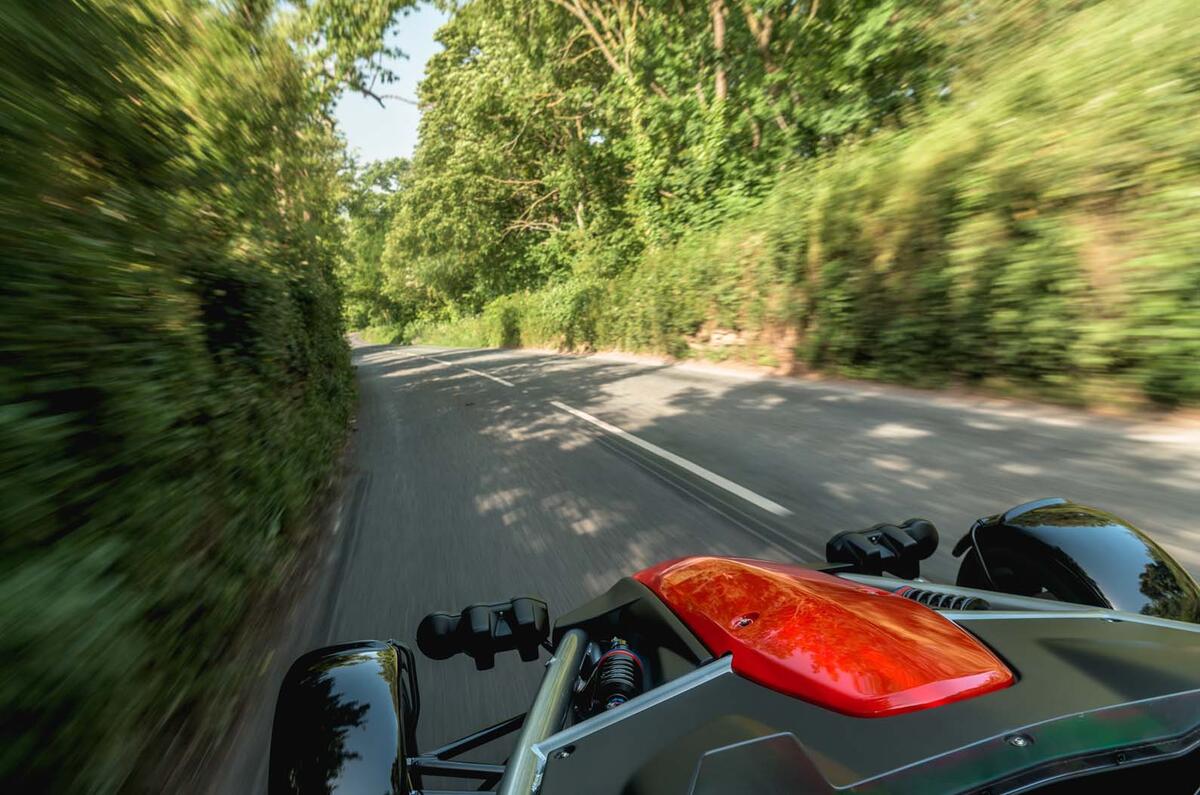
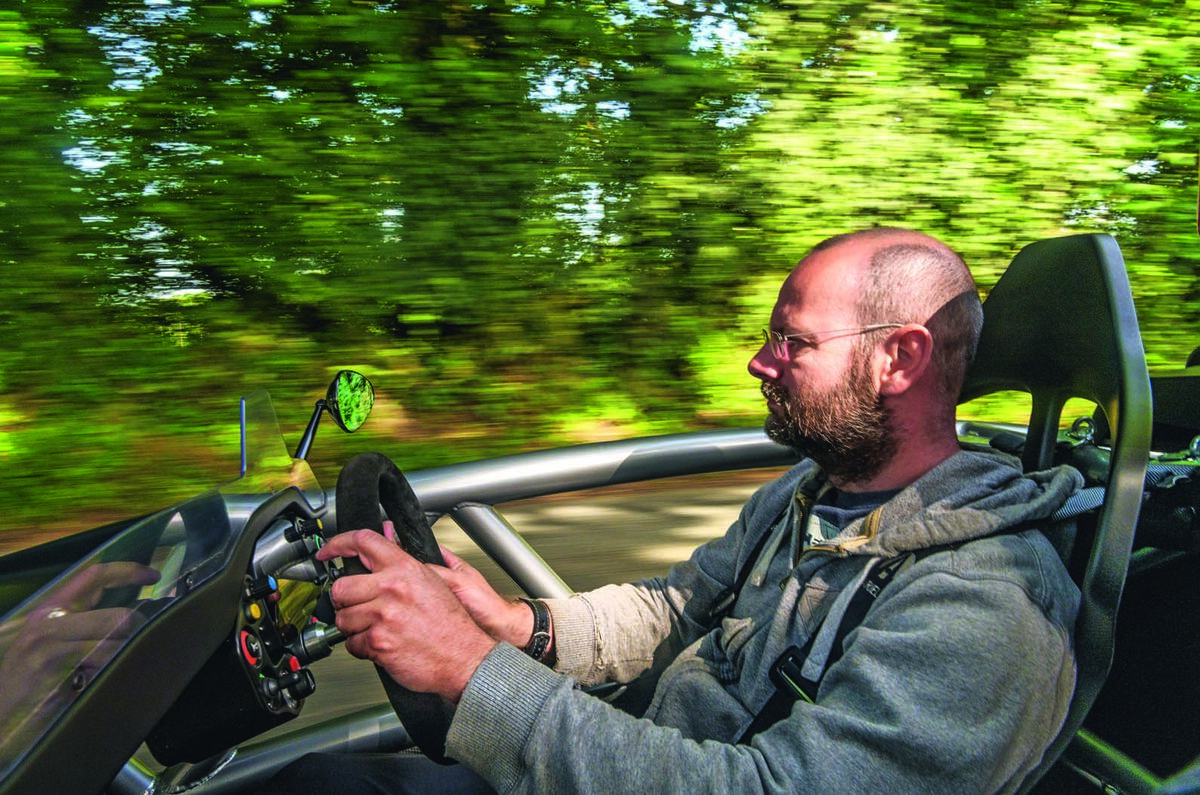
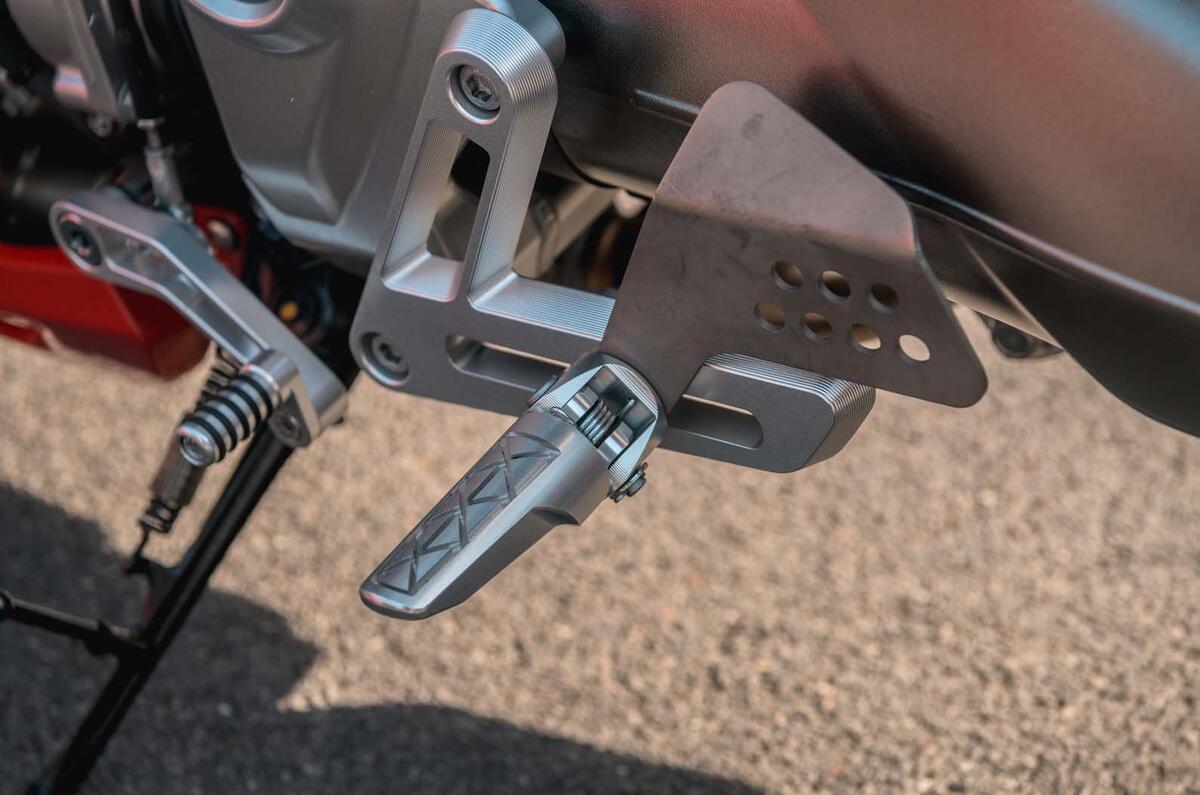
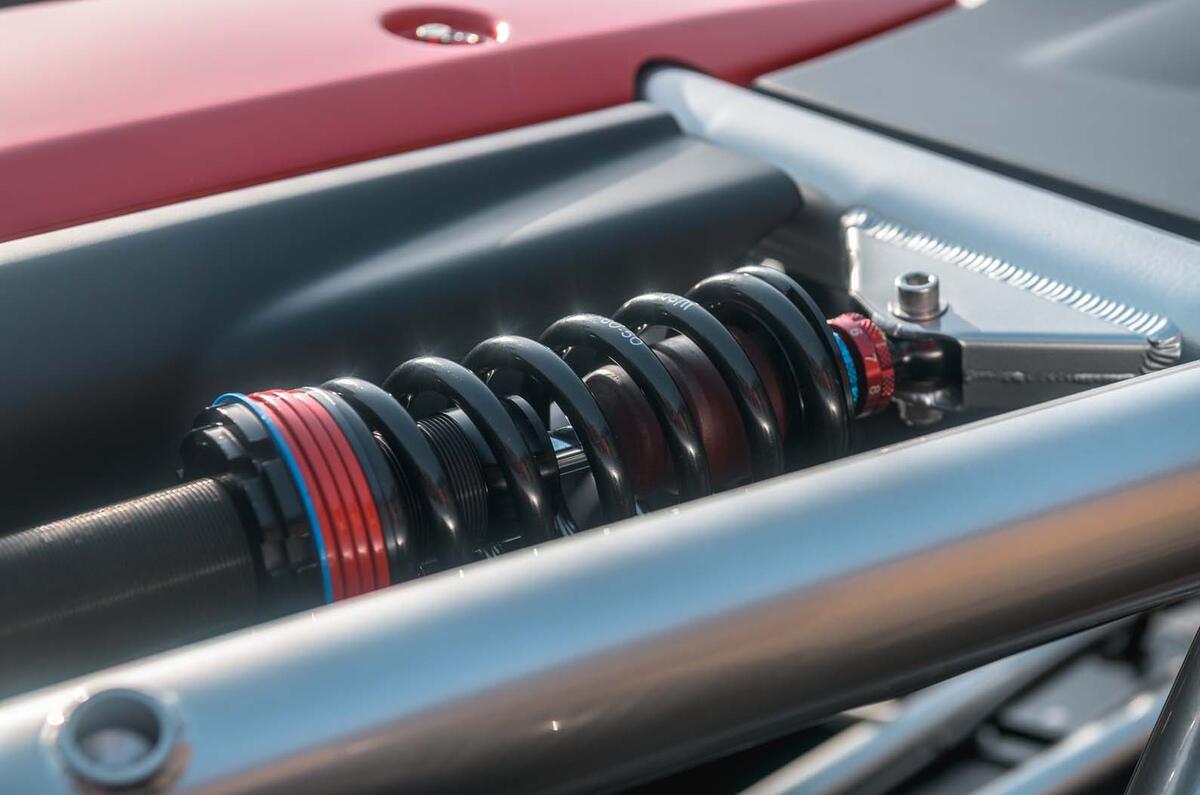
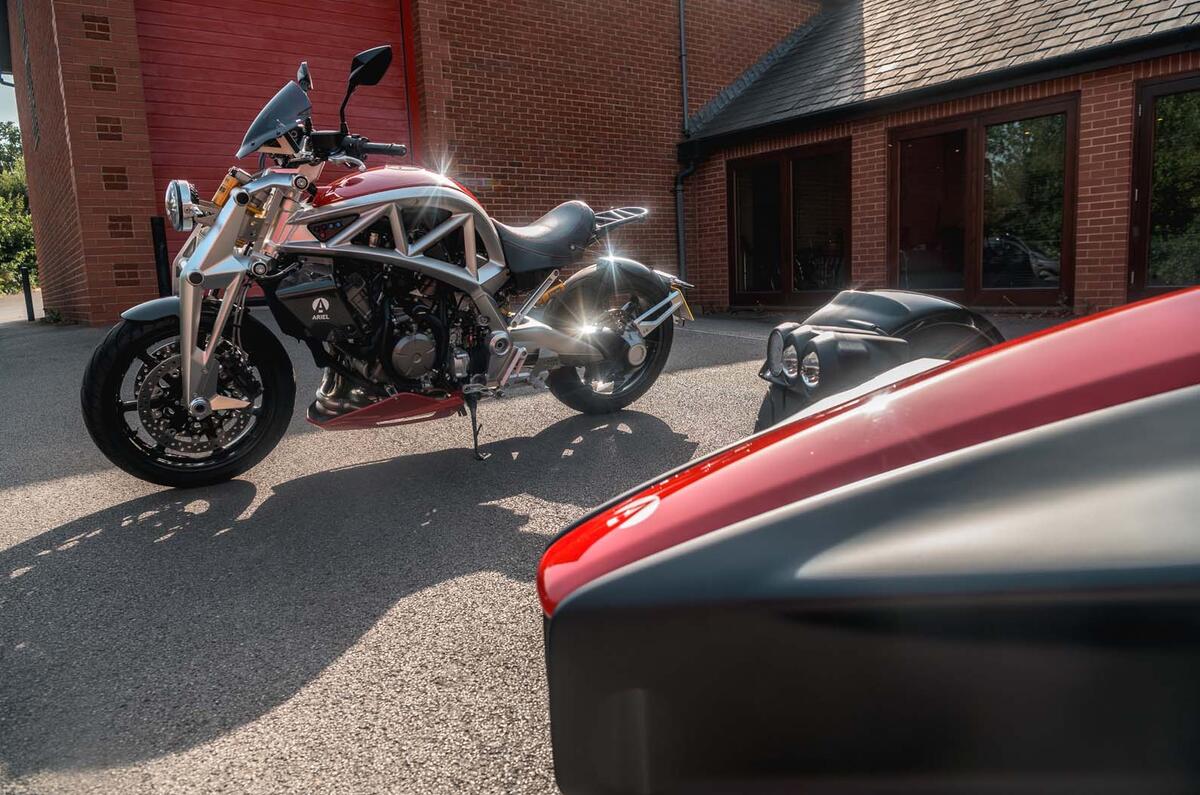
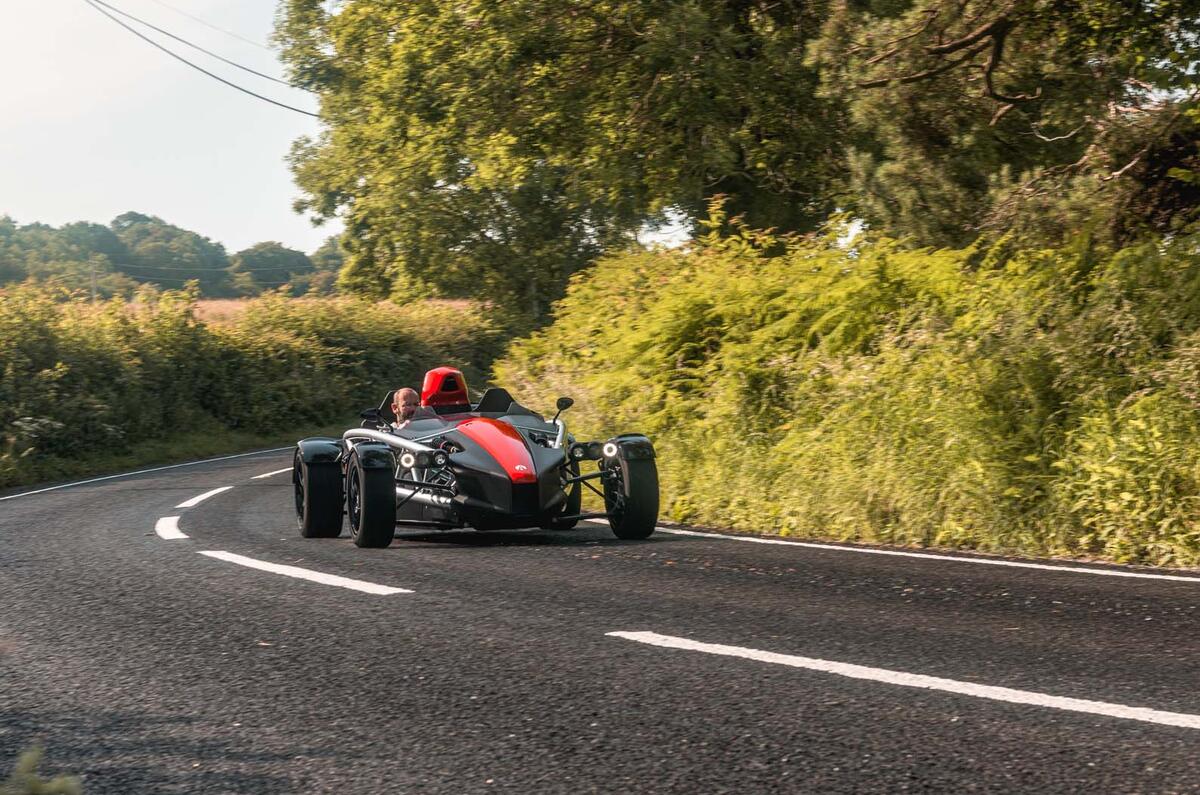
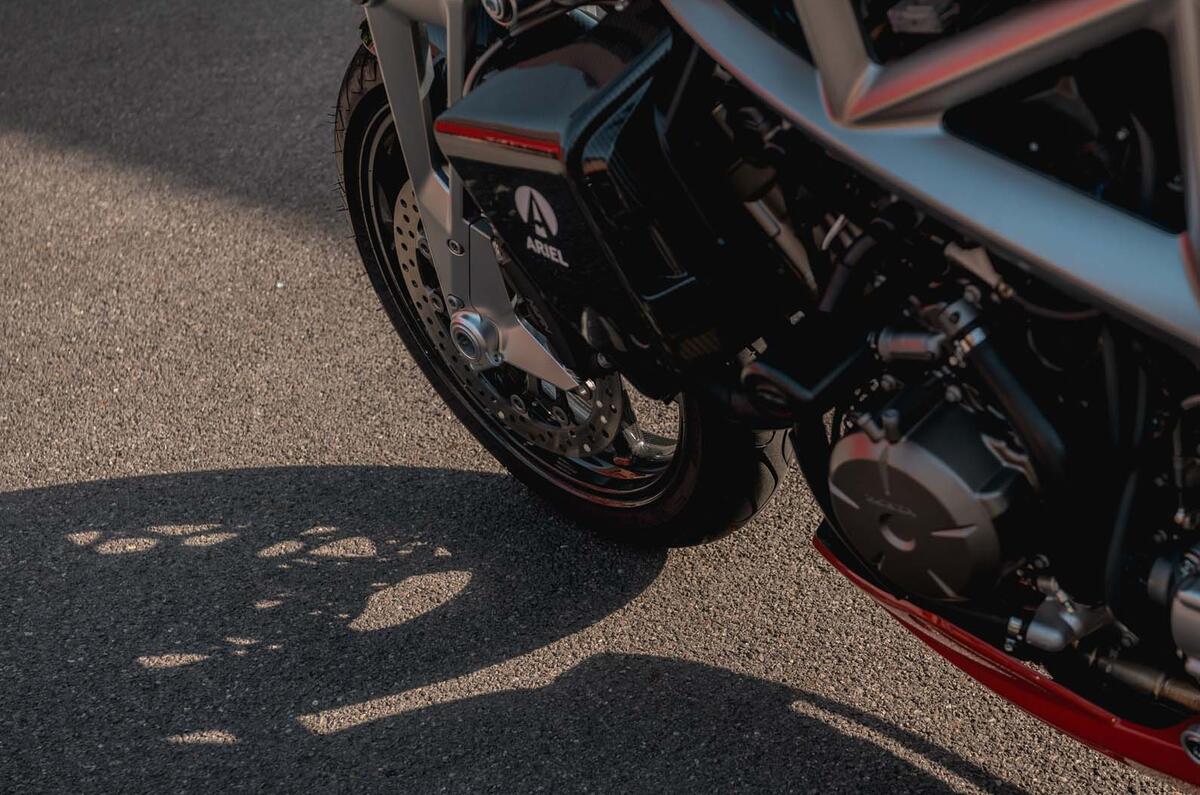
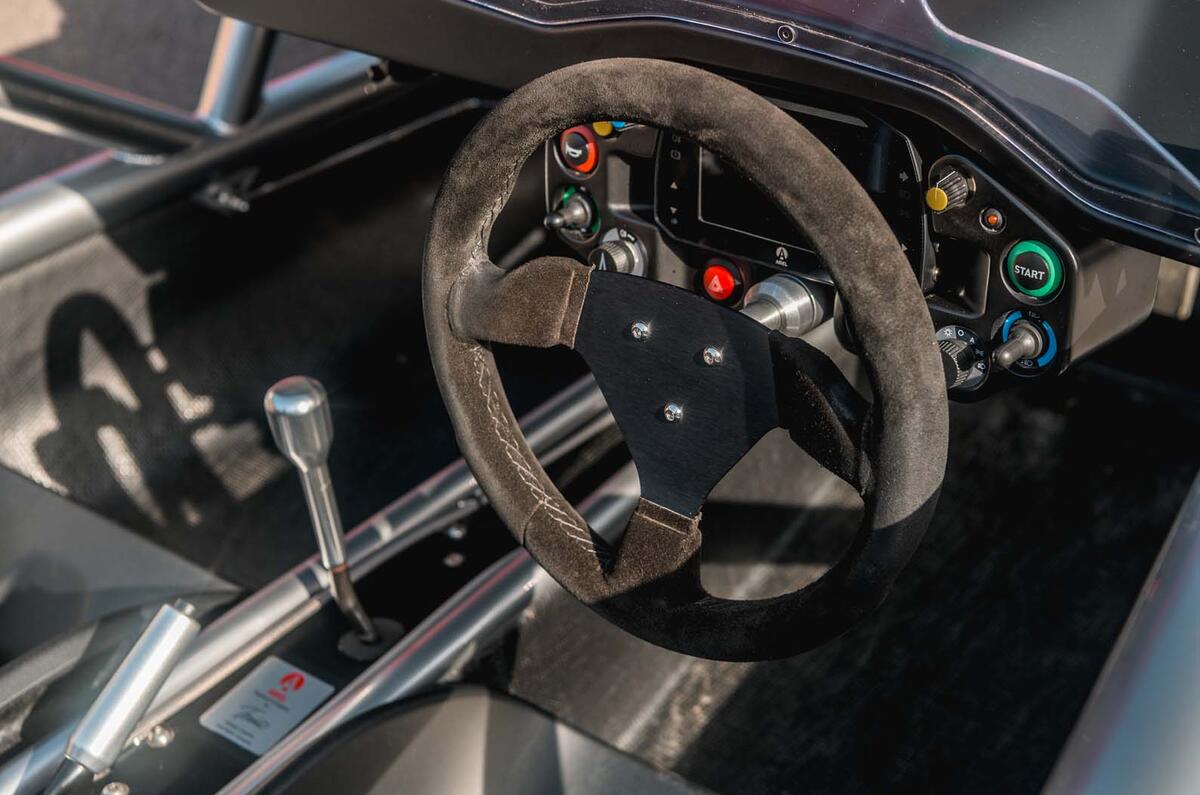
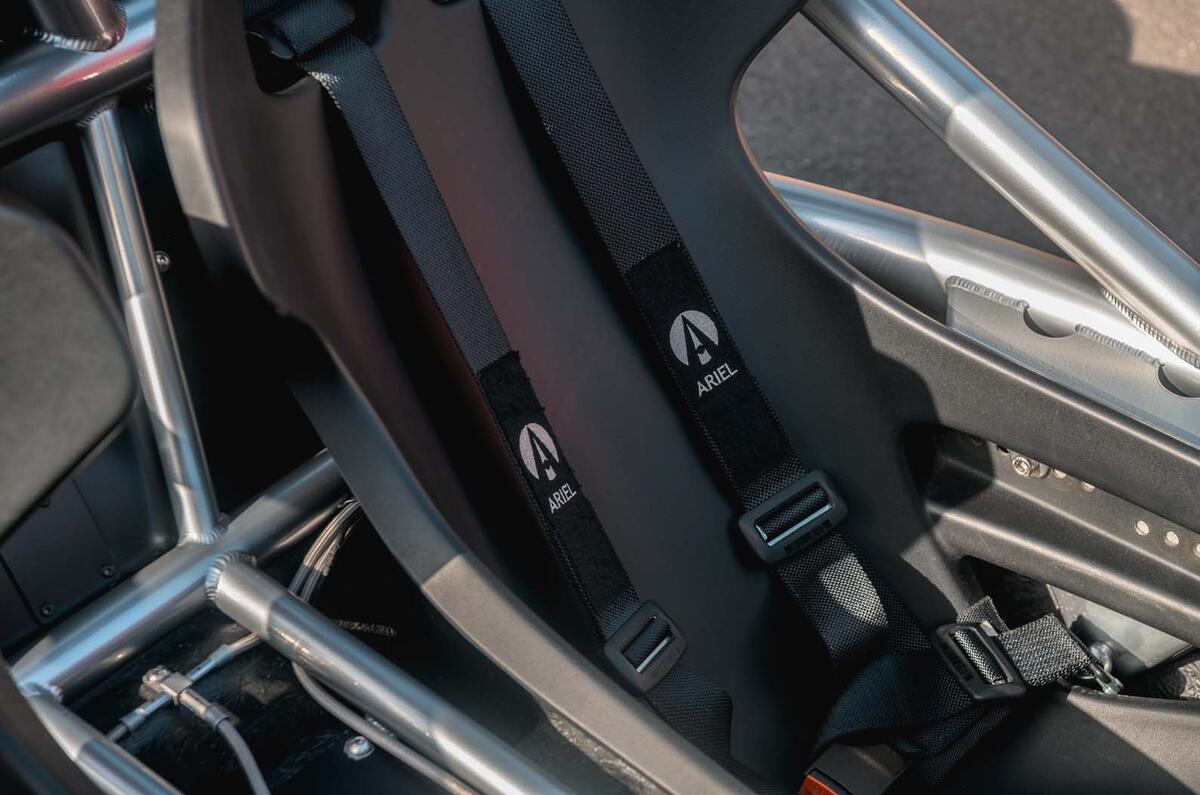
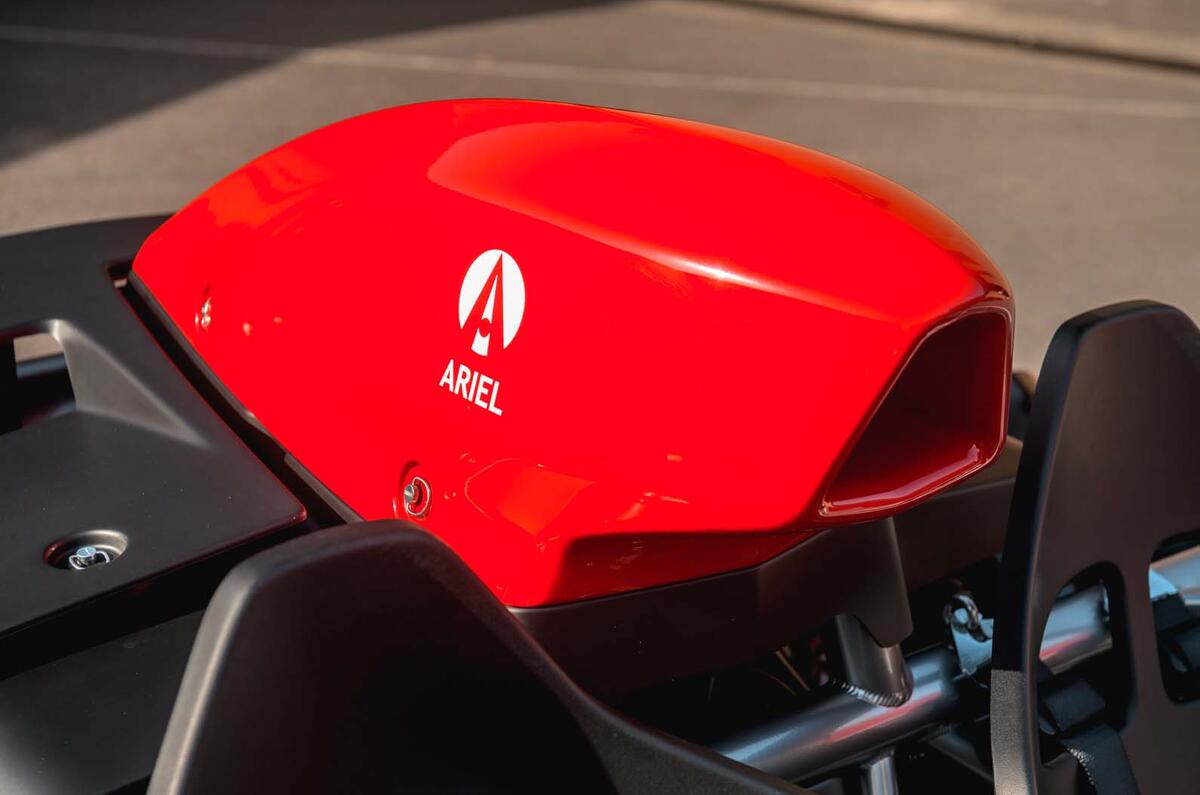
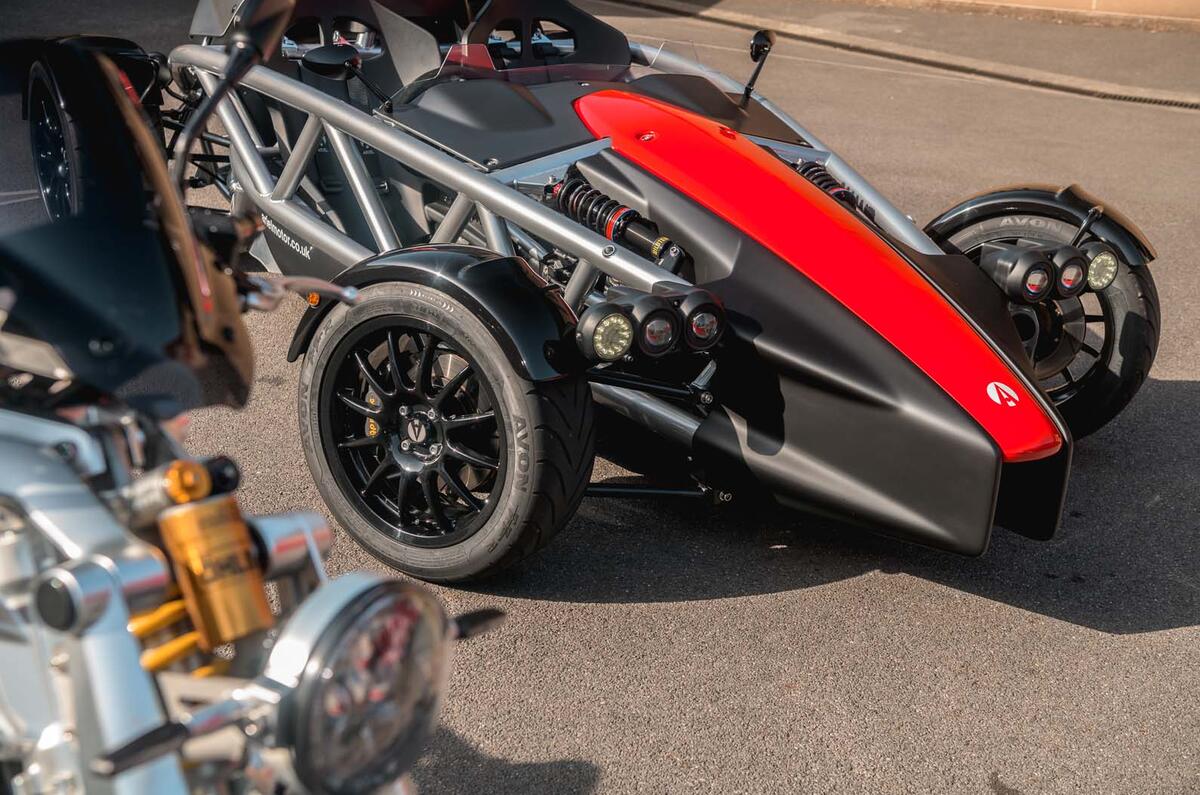
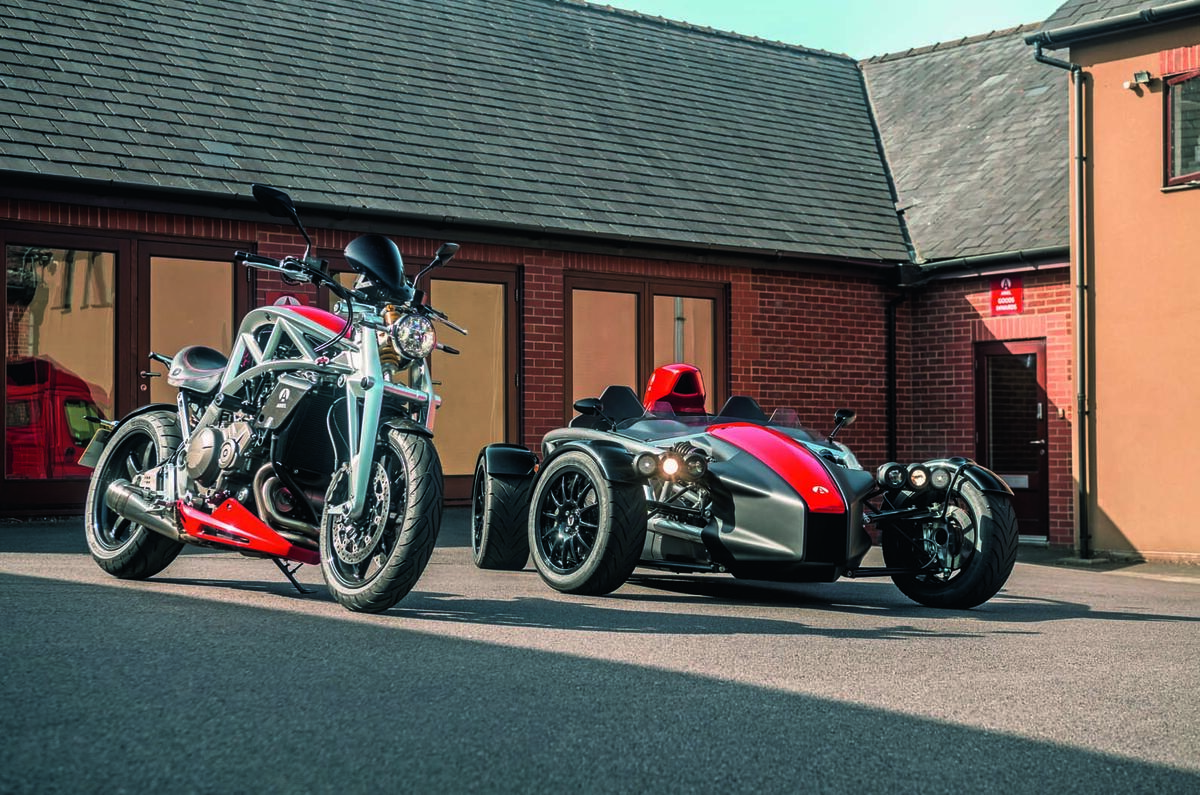




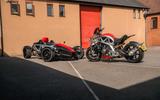



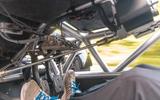


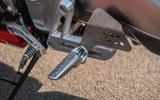
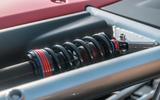
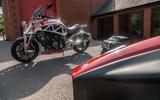

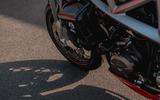
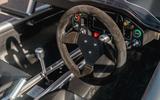
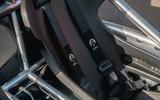
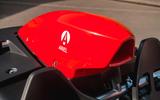
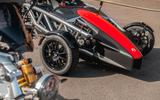


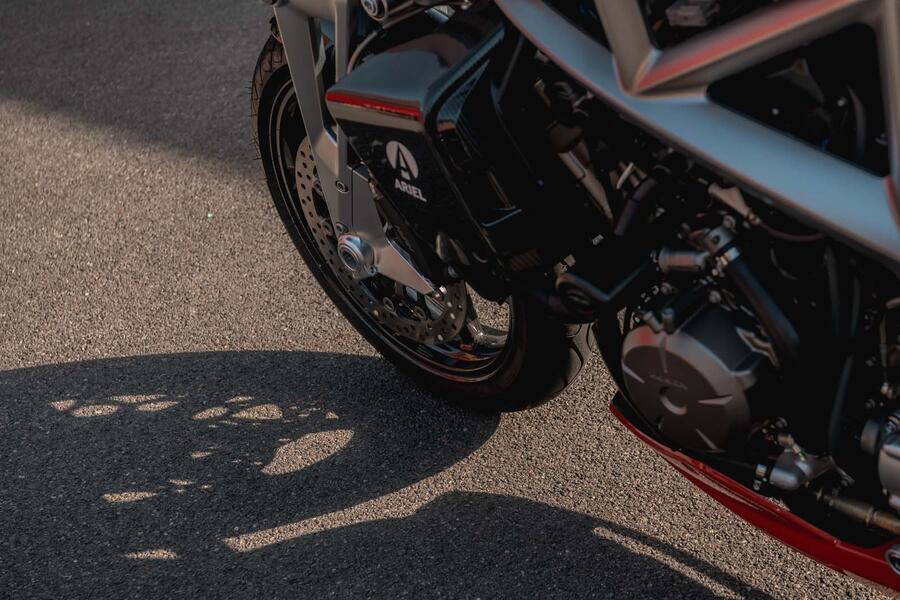
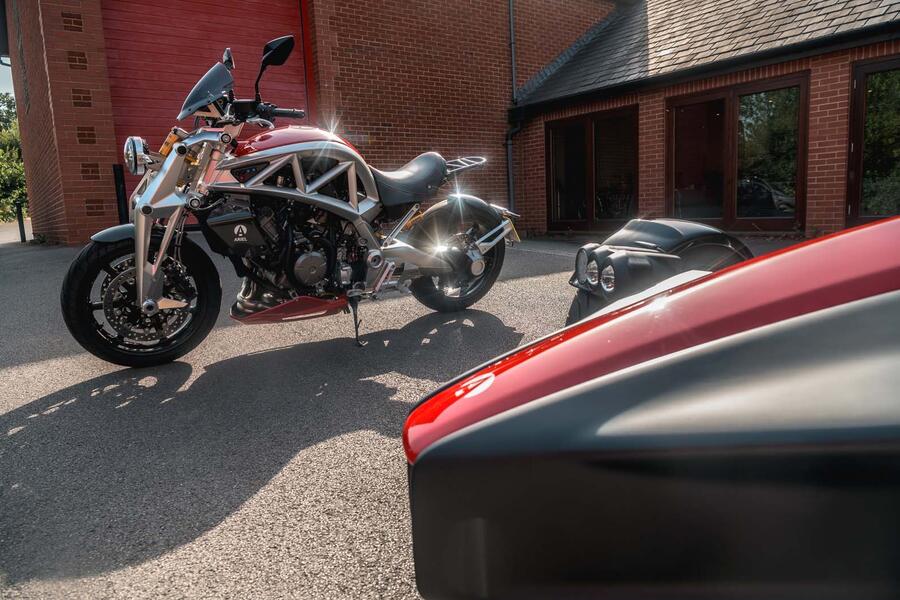
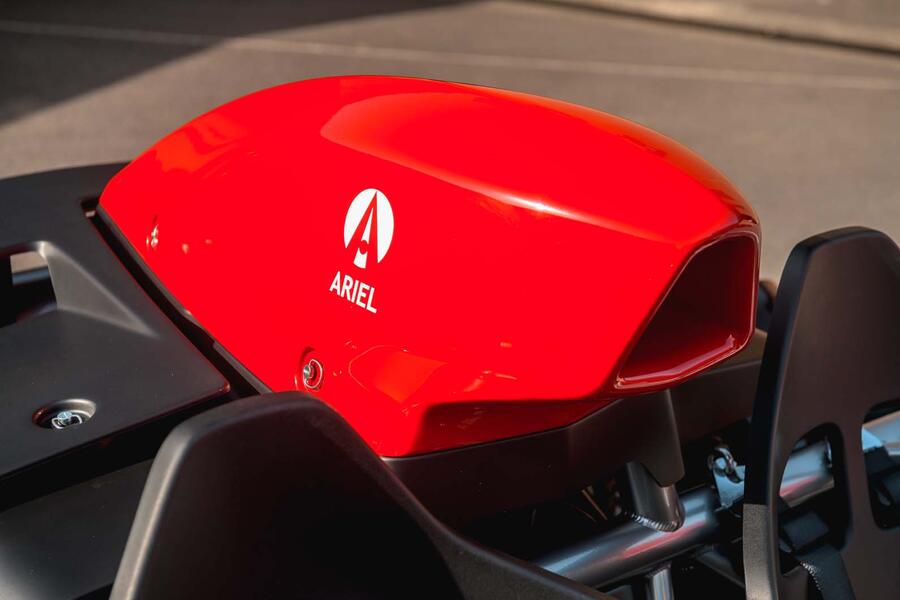





Join the debate
Add your comment
Spam filter would be nice Autocar!
Dear Autocar,
Do you actulayy read or monitor your Comments section?
Please let your readers who enjoy your articles and who wish to comment in this community be able to converse without such blatent SPAM.
Thank you.
Regards, mx5xm
Err..spam anyone?
Err..spam anyone?